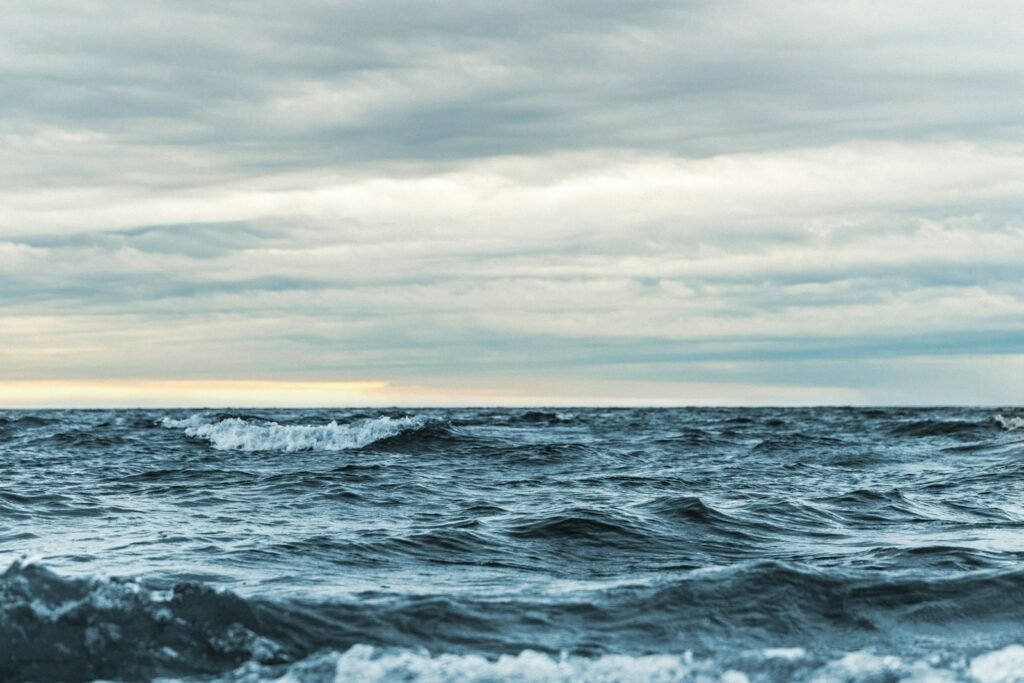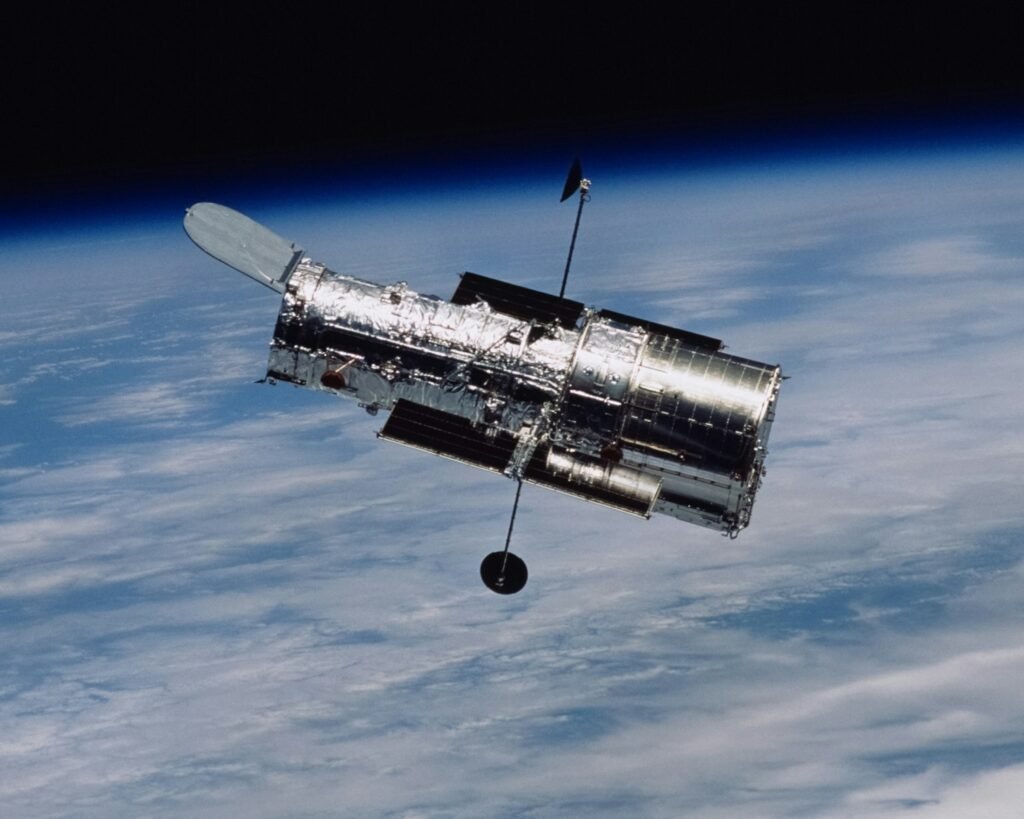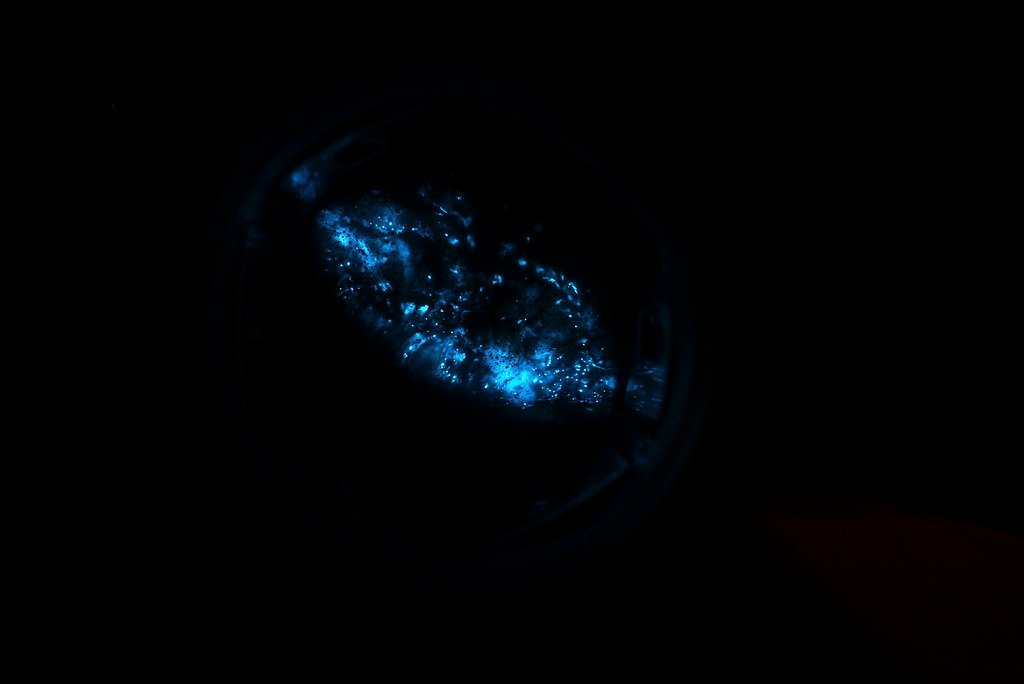Some people step onto a pier and feel something click – as if their inner compass suddenly points true north. Others hear waves and feel their pulse slow, their thoughts clear, their curiosity wake up. The mystery is old: why do certain personalities feel an almost magnetic pull toward the sea, and can science help us understand it without draining the magic away? Today’s researchers are mapping how blue spaces influence stress, attention, and awe, while culture still offers astrology as a poetic shorthand for temperament. Between those two worlds – data and myth – lies a richer story about why resonates so deeply with many of us.
The Hidden Clues

What if the tug you feel at the shoreline isn’t superstition at all but a sensory system recognizing patterns it loves? The ocean is a masterclass in soothing signals: rhythmic sound, horizon lines that anchor balance, and color palettes that nudge the brain toward calm. Studies on blue spaces show coastal visits are associated with lower psychological distress and improved mood, suggesting the sea’s sights and sounds act like natural regulators.
Waves also generate predictable temporal rhythms that can entrain breathing and attention, a useful counterweight to the jittery pace of modern . Even the shimmering, fractal-like textures of ripples are processed efficiently by the visual cortex, which may ease cognitive load. When people say the sea “clears the head,” their nervous systems might be agreeing.
From Ancient Tools to Modern Science

Long before brain scans and coastal health surveys, people watched tides and stars to navigate food, safety, and stories. Astrology emerged as a cultural toolkit for pattern-finding in the sky, linking heavenly cycles to earthly rhythms like tides and seasons. While astrology isn’t a scientific model, it remains a powerful narrative that helps many describe temperament and preference.
Modern science picks up a different instrument set – physiology, psychology, oceanography – and measures what the body does at the coast. Heart rates shift, stress markers dip, attentional control improves, and curiosity often rises in the presence of marine . The sea still guides us; the instruments have just changed.
Water Signs, Water Minds

In the astrological lexicon, Cancer, Scorpio, and Pisces are the water signs – often portrayed as intuitive, feeling-driven, and drawn to depth rather than surface. Translate that into research terms and you get traits like openness to experience and heightened awe-proneness, both linked to greater nature connectedness. That bridge between symbolism and science helps explain why aquariums, tide pools, and nocturnal low tides can feel like home for some.
I remember snorkeling over a patch of eelgrass and feeling a quiet click, like a book falling open to the right page. If you’re someone who craves immersion and emotional resonance, the ocean offers both in a language that speaks through motion and light.
Beyond Water: Air, Earth, and Fire at Sea

Air signs – Gemini, Libra, Aquarius – often chase exchange and ideas, and the sea is a global conversation: migrating birds, shifting currents, floating sensors, and shipping lanes all trading information. For earth signs – Taurus, Virgo, Capricorn – the coastline is a laboratory of texture and structure, from shell micro-architecture to reef-building corals that turn minerals into cities. Fire signs – Aries, Leo, Sagittarius – meet their match in surf, storms, and open-ocean exploration where skill and risk dance together.
These archetypes aren’t proofs; they’re storylines that can nudge people toward real engagement. Whether you map yourself by a birth chart or a personality inventory, the sea has an entry point: curiosity, craft, or challenge. The point is less about labels and more about where they lead you.
The Sensory Science of Blue Spaces

Coastal air carries a signature mix of marine scents, including compounds released by phytoplankton, that many associate with freshness and alertness. The soundtrack of surf is dominated by low-to-mid frequencies that mask urban noise while offering steady, non-threatening variation – ideal for relaxation. Horizon gazing can reduce sensory conflict between vision and balance, which is one reason seaside walks feel stabilizing after screen-heavy days.
Underwater, sound travels faster and farther, turning reefs into acoustic cities where fish choruses mark day and night. That soundscape, even when heard through snorkel masks or hydrophone recordings, flicks on attention systems tuned for novelty without tipping into alarm. The ocean doesn’t just look blue; it sounds like focus.
Why It Matters

Understanding why the ocean pulls us in isn’t trivia – it’s a roadmap for well-being and conservation. Blue spaces can complement clinical approaches to stress and attention, offering low-cost, widely accessible environments for recovery. Researchers have found that regular contact with coasts correlates with better self-reported mental health, which makes equitable access a public-health issue, not a luxury.
There’s a conservation dividend, too: people who feel bonded with marine are more likely to support protective policies, choose sustainable seafood, or back restoration. Astrology’s narratives can act as on-ramps for that bond, especially when paired with credible science and clear action steps. In other words, if a star story gets someone to the tide pool, evidence can keep them there.
Global Perspectives

About two fifths of humanity lives within a day’s travel of the coast, so the sea’s influence isn’t a niche phenomenon but a planetary reality. Island nations, coastal megacities, and small fishing towns experience this pull differently, balancing livelihoods with hazards like storms and sea-level rise. In some places, reefs are granaries; in others, beaches are the stress valves of dense urban .
Cultural lenses matter: a Cancer living on an atoll and a Capricorn in a landlocked city may both love the sea but express it through different habits and hopes. Blue spaces inside cities – riverfronts, restored wetlands, urban beaches – can spread benefits more fairly. The ocean’s edge, it turns out, can run right through town.
The Future Landscape

New tools are making ocean connection more personal and more precise. Environmental DNA let scientists detect species from a bottle of water, while bioacoustics captures reef health by listening rather than netting. Low-cost sensors and satellite-linked drifters invite students and citizen scientists into real datasets, turning wonder into evidence.
But the future also brings harder questions: warming waters, acidification, overfishing, and coastal squeeze threaten the very places that restore us. Equitable access will hinge on planning – blue corridors, living shorelines, and policies that keep working waterfronts and wild edges alive. If we want the ocean to keep calming our minds, we’ll need to return the favor.
How to Dive In Today

Start simple: schedule a weekly blue moment, even if it’s a city river, a lake, or a public aquarium. Pair the visit with mindful attention – notice three sounds, three textures, three colors – and track how you feel before and after. If astrology speaks to you, use it as a prompt: a water-sign week might mean tide-pool sketches; an earth-sign week could be a shoreline cleanup with measured results.
Support what sustains your awe: local marine labs, coastal parks, reef-safe sunscreen efforts, and sustainable seafood guides that center small-scale fishers. Join a citizen science project that collects beach plastic, logs coastal birds, or records underwater sound with a phone-linked hydrophone. Then tell someone what you found – stories multiply protection.

Suhail Ahmed is a passionate digital professional and nature enthusiast with over 8 years of experience in content strategy, SEO, web development, and digital operations. Alongside his freelance journey, Suhail actively contributes to nature and wildlife platforms like Discover Wildlife, where he channels his curiosity for the planet into engaging, educational storytelling.
With a strong background in managing digital ecosystems — from ecommerce stores and WordPress websites to social media and automation — Suhail merges technical precision with creative insight. His content reflects a rare balance: SEO-friendly yet deeply human, data-informed yet emotionally resonant.
Driven by a love for discovery and storytelling, Suhail believes in using digital platforms to amplify causes that matter — especially those protecting Earth’s biodiversity and inspiring sustainable living. Whether he’s managing online projects or crafting wildlife content, his goal remains the same: to inform, inspire, and leave a positive digital footprint.




